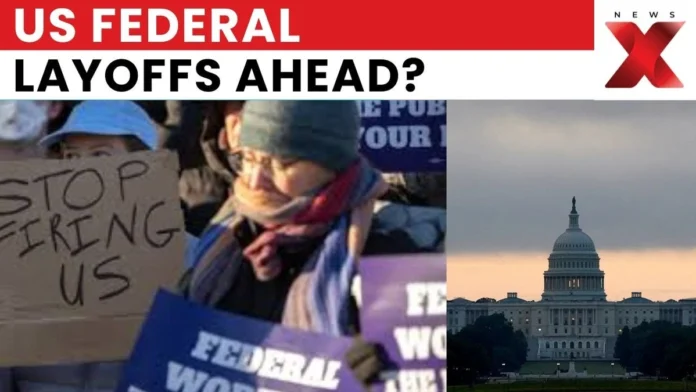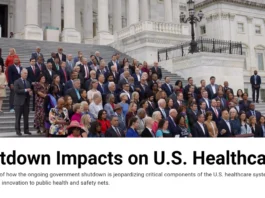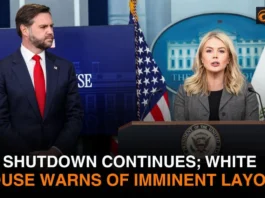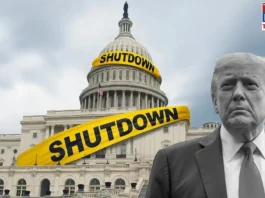So, the news is out: whispers of potential federal layoffs under the Trump administration are circulating amidst a shutdown impasse. But, here’s the thing the real question isn’t just what is happening, but why it’s happening, and what the implications are for real people. This isn’t just about politics; it’s about livelihoods, government services, and the very fabric of our nation. What fascinates me is how these high-level political battles translate into tangible effects on everyday lives. Let’s dive deeper, shall we?
The Looming Threat | Understanding Federal Layoffs
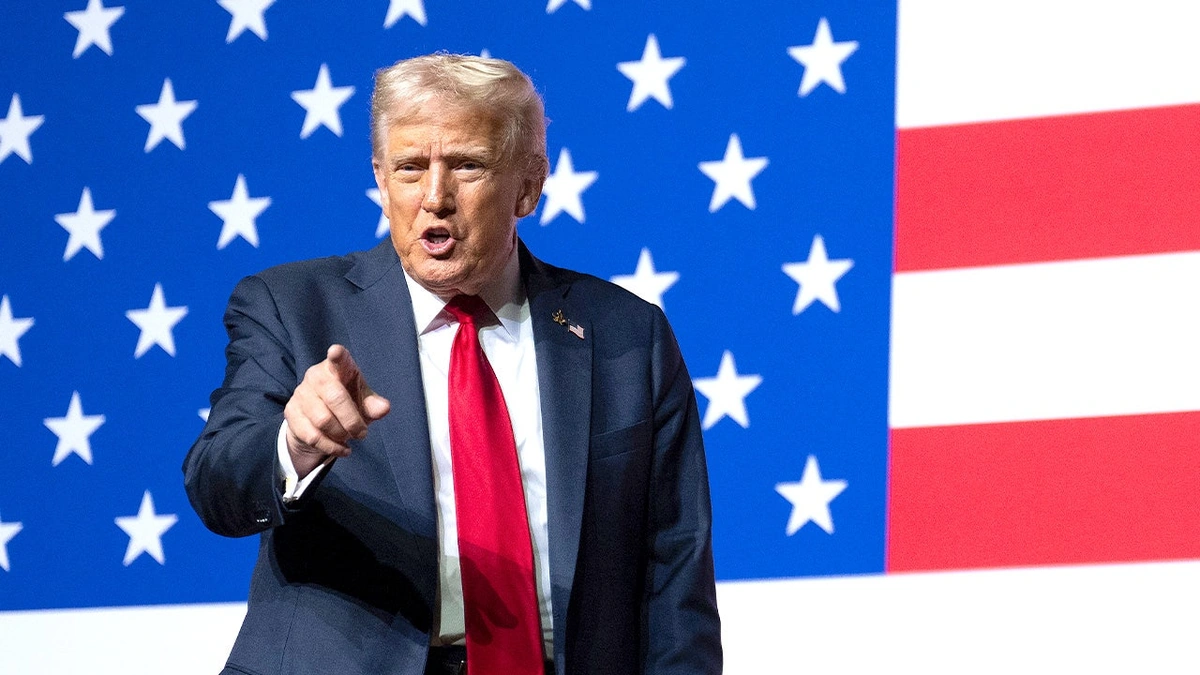
Federal layoffs aren’t new, but the context surrounding them this time feels particularly charged. A government shutdown , often a result of budget disagreements, can trigger a cascade of events leading to furloughs or, in more severe cases, layoffs. Now, what exactly does a “furlough” mean? It’s essentially a temporary, unpaid leave for federal employees. Layoffs, on the other hand, are more permanent job losses. The Trump administration, known for its aggressive stance on budget cuts and government efficiency, has hinted at these measures as a way to streamline operations and reduce federal spending.
But why now? The timing is crucial. We’re navigating a complex political landscape with deep divisions. Budget negotiations are often fraught with tension, and the threat of a shutdown becomes a bargaining chip. The administration might be using the prospect of layoffs to exert pressure during these negotiations. That’s the analyst in me talking, trying to dissect the underlying power dynamics. What’s at stake? Everything from national park maintenance to social security processing.
Why This Matters to You | The Ripple Effect
Let’s be honest, federal layoffs might seem like a distant issue, especially if you don’t work directly for the government. But the impact is far-reaching. Consider this: federal employees are your neighbors, your local business patrons, and integral members of your community. When they face job insecurity, it affects local economies. Reduced spending, increased anxiety, and a general sense of uncertainty can ripple through communities across the nation.
But the ripple effect doesn’t stop there. Federal agencies provide essential services, from ensuring food safety to managing environmental regulations. Layoffs can lead to delays, backlogs, and a decrease in the quality of these services. Think about it: slower processing of social security claims, reduced capacity for environmental inspections, or delays in critical infrastructure projects. These are real-world consequences that impact everyone, regardless of their political affiliation.
Government shutdowns have a direct and often immediate impact on various federal agencies. Agencies deemed non-essential are forced to cease operations until funding is restored, leading to disruptions in services, furloughs for federal employees, and economic consequences for businesses that rely on government contracts or tourism.
The Political Chess Game | Decoding the Motives
What fascinates me is the political maneuvering behind these decisions. It’s rarely just about the numbers; it’s about sending a message, solidifying a base, and achieving broader policy goals. The Trump administration’s focus on deregulation and smaller government aligns with the idea of reducing the federal workforce.
And the potential consequences? The Brookings Institution offers a detailed look at the impact of past government shutdowns and the potential for federal workforce reductions. Brookings . Understanding the historical context helps us anticipate the potential outcomes this time around. Politics can often create complicated scenarios. It’s a complex game of chess, and the pawns are often the everyday citizens who rely on these government services.
Navigating the Uncertainty | What You Can Do
So, what can you do amidst all this uncertainty? Here’s the thing: staying informed is crucial. Don’t rely solely on sensational headlines. Seek out credible sources, analyze the data, and understand the underlying context. Engage in informed discussions with your friends, family, and community members. The more we understand the issues, the better equipped we are to advocate for solutions.
Also, consider supporting organizations that provide assistance to federal employees and their families. Many non-profits offer resources for those facing job insecurity or financial hardship. A common mistake I see people make is assuming that someone else will take care of it. But collective action can make a real difference. Job security is paramount for federal employees facing these uncertainties.
Federal spending is at the heart of the budget negotiations that often lead to shutdowns and potential layoffs. Disagreements over spending priorities can create impasses that threaten the stability of government operations and the livelihoods of federal employees.
The Human Cost | Stories Behind the Headlines
Behind every layoff statistic is a human story. These are individuals who dedicate their lives to public service, often at salaries lower than their private-sector counterparts. They are your neighbors, your friends, your family members. It’s vital to remember the human cost of these political decisions. What’s truly important here is empathy and understanding. We must not lose sight of the individuals affected by these policies. Layoff notices can cause significant stress and anxiety for federal employees and their families, impacting their financial stability and overall well-being.
The potential for government employee furloughs looms large during shutdown impasses, leaving many workers in a state of uncertainty about their jobs and financial futures.
Budget impasses can paralyze government operations, creating a volatile environment for federal employees and the communities they serve.
FAQ | Federal Layoffs and Shutdowns
What happens to essential services during a government shutdown?
Essential services, such as national security, law enforcement, and emergency medical care, continue to operate. However, many non-essential services are temporarily suspended.
How are federal employees affected by a shutdown?
Federal employees deemed non-essential are furloughed, meaning they are temporarily out of work without pay. They typically receive back pay once the shutdown ends.
Can federal employees be fired during a shutdown?
While shutdowns can lead to furloughs, outright firings are less common and typically require a separate process.
What impact do federal layoffs have on the economy?
Federal layoffs can negatively impact local economies, as reduced spending and increased unemployment create financial strain.
How can I stay informed about potential federal layoffs?
Follow credible news sources, consult government websites, and engage in informed discussions with community members.
What’s the difference between a furlough and a layoff?
A furlough is a temporary, unpaid leave, while a layoff is a permanent job loss.
Ultimately, the situation highlights the fragility of our political system and the importance of informed engagement. Don’t just accept the headlines; dig deeper, understand the context, and remember the human stories behind the political maneuvering. Because in the end, it’s not just about politics; it’s about people.

